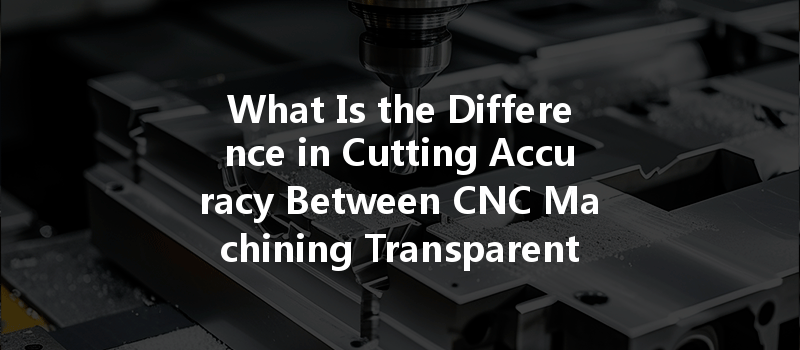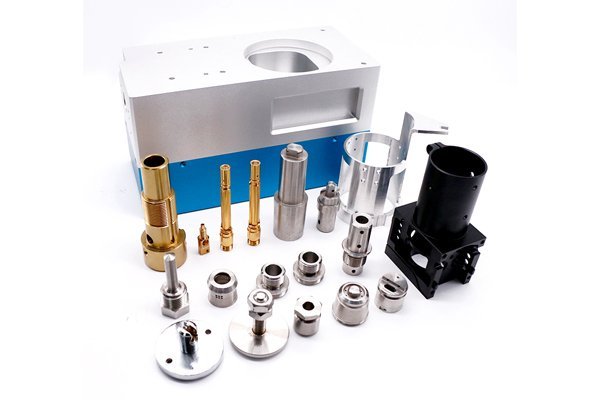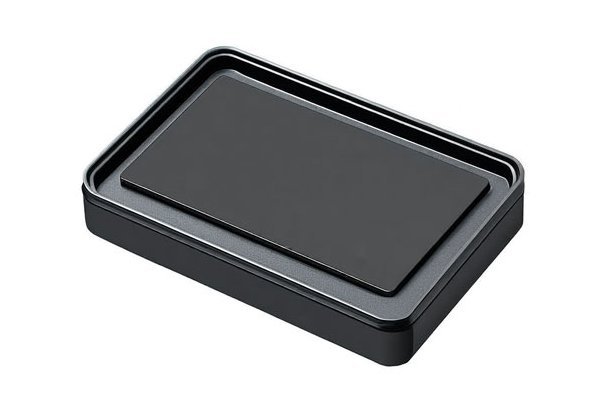Did you know that CNC machining has transformed industries by offering precision down to a few micrometers? In the world of manufacturing, where accuracy directly correlates with quality and profitability, understanding the nuances of different materials becomes essential. Today, we delve into a pivotal comparison: the cutting accuracy of transparent polycarbonate versus PA6 nylon, focusing on how each material influences the CNC machining process.
CNC machining, which stands for Computer Numerical Control machining, is a vital process used in the manufacturing sector. It enables the production of complex shapes and components with high precision and repeatability. As manufacturers increasingly rely on CNC technology to produce parts from various materials, understanding the cutting accuracy between different substrates emerges as a crucial determinant of success.
In this exhaustive blog post, we will explore:
By the end of this article, you will not only grasp the differences in cutting accuracy between these two materials but also acquire insights to maximize your production efficiency.
Properties of Transparent Polycarbonate and PA6 Nylon
Before we delve into the intricacies of CNC machining, it’s essential to highlight the distinct characteristics of the two materials in question.
Polycarbonate is a thermoplastic polymer known for its remarkable impact resistance and optical clarity. Here are some of its key attributes:
Nylon, in this case, specifically PA6, is another versatile thermoplastic known for its durability and chemical resistance. Its notable properties include:
CNC Machining Techniques for Polycarbonate and PA6 Nylon
Understanding the techniques employed in CNC machining can help clarify how different materials respond to the process. Both transparent polycarbonate and PA6 nylon require specific machining methods to achieve optimal accuracy:

Factors Influencing Cutting Accuracy
Now that we have discussed the CNC machining techniques relevant to both materials, it’s essential to focus on the key factors that can influence cutting accuracy:
Each material’s inherent characteristics, such as hardness, flexibility, and thermal properties, directly impact how accurately they can be machined. For instance, while both materials are durable, polycarbonate may warp at elevated temperatures, making it more susceptible to cutting inaccuracies than nylon.
The state of the machining tool can significantly affect the final product’s precision. Dull tools can compromise the cutting performance, leading to poor finishes and dimensional inaccuracies.
Proper calibration and alignment are essential for both CNC technologies. Misalignment can lead to inconsistencies and increased wear on tools.
Factors such as humidity and temperature in the machining environment can influence the materials—especially nylon, which is sensitive to moisture. These elements can cause expansion or contraction, affecting machining tolerances.
Practical Implications for Manufacturers
When assessing which material to use for a specific application, manufacturers need to weigh the strengths and weaknesses of each. For applications that require transparency or light transmittance, polycarbonate is undeniably the go-to choice. Conversely, PA6 nylon may be preferable for applications demanding mechanical strength and resilience.
Understanding the differences in cutting accuracy is not merely an academic exercise; it has tangible impacts on:
Solutions for Optimizing Machining Processes
Having identified the challenges and factors affecting cutting accuracy, the next step is to explore solutions for optimizing machining processes for both materials.
Maintaining sharp and properly aligned tools is vital. Set a schedule for routine inspection and replacement of tools as necessary to ensure optimal cutting conditions.
Ensure that CNC operators are well-trained on the unique properties of the materials being machined. Knowledgeable operators are better equipped to adjust parameters and techniques appropriately.
Creating a stable environment can minimize the impact of factors such as humidity and temperature. Consider investing in a climate-controlled machining area to enhance precision.
Utilizing advanced CAM software allows manufacturers to simulate machining processes before execution, which can preemptively address potential accuracy issues.
Implementing robust quality assurance protocols throughout the machining process can catch deviations early, ensuring that the final products meet specified tolerances.
In summary, understanding the difference in cutting accuracy between CNC machining transparent polycarbonate and PA6 nylon is essential for manufacturers seeking to optimize their production processes. Each material presents unique challenges and advantages that directly influence machining techniques, accuracy, and final product quality.
From evaluating tool selection and machining parameters to implementing effective cooling strategies and operator training, there are numerous avenues for enhancing machining processes tailored to these materials. This blog serves as a reminder of the intricate interplay between material properties and machining techniques.
As the landscape of manufacturing continues to evolve, keeping abreast of such nuances will empower companies to make informed decisions that enhance their operational efficiency and product quality. The significance of these insights cannot be overstated—they represent the fine line between success and failure in today’s highly competitive manufacturing environment. Now, readers are encouraged to reflect on their own manufacturing processes and consider how these principles can be effectively implemented to achieve greater accuracy and efficiency.






